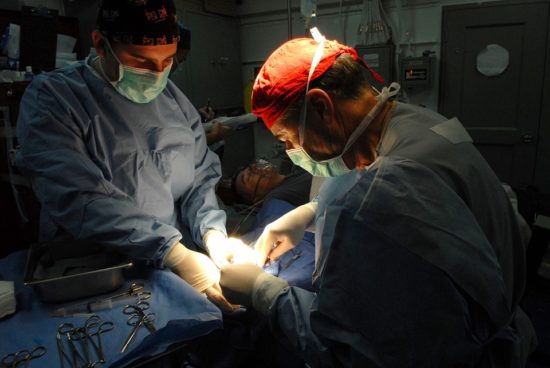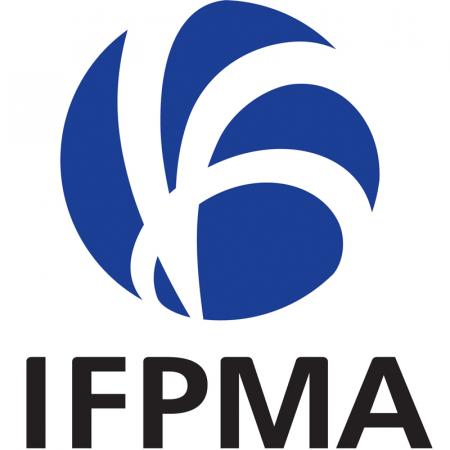Tackling the Disparities in Surgical Site Infections and Related Antimicrobial Resistance in Low- and Middle-Income Countries
Surgical site infections (SSIs) represent a major global health and economic burden, with particularly high incidence rates—around 23.2%—in low- and middle-income countries (LMICs). This mini review found that the problem is worsened by the rapid rise of antimicrobial resistance (AMR), driven by factors such as inappropriate antibiotic use, poor stewardship and regulation, weak healthcare infrastructure, economic constraints, limited surveillance, and environmental contamination. Effective prevention and control strategies include vaccination, sanitation, infection control, education, and antimicrobial stewardship. The authors stress the urgent need for comprehensive AMR surveillance in LMICs through a One Health approach, including monitoring of environmental resistomes and prioritizing research on resistance to last-resort antibiotics like colistin.
AMR NEWS
Your Biweekly Source for Global AMR Insights!
Stay informed with the essential newsletter that brings together all the latest One Health news on antimicrobial resistance. Delivered straight to your inbox every two weeks, AMR NEWS provides a curated selection of international insights, key publications, and the latest updates in the fight against AMR.
Don’t miss out on staying ahead in the global AMR movement—subscribe now!






